Our first stop on the tour was the German cemetery at La Cambe. Now this might seem like a strange way to start a day focused on the American aspects of the invasion of Normandy, but it put the right perspective on things.
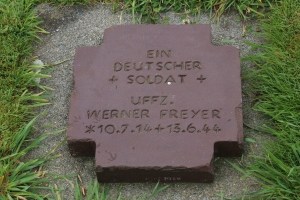
I didn’t realize so many of the Wehrmacht soldiers were not even German — up to 50% of the recruits/draftees were foreign to Germany. Also, the average age in this cemetery is 21 years old — both because the troops were young, but also because some of the Hitler Youth who fought in France are buried here, skewing the averages. They could have been as young as 14.
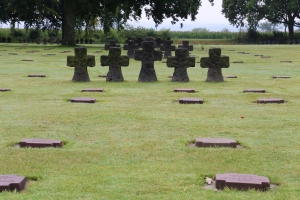
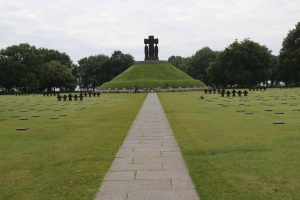
The cemetery, similar to the British and American cemeteries, was given in perpetuity to the German people, and collections were taken in Germany and elsewhere to build the cemetery after the war — a tree was planted in honor of each donor, and the trees line the drive up to the cemetery.
Our next stop was Sainte-Mere-Eglise, the first French town liberated on D-Day.

It was made famous in the movie The Longest Day and is also the site of the Paratrooper Museum. A mannequin paratrooper hangs off the side of the church today to represent John Steele of the 82nd Airborne, who survived his jump and capture, though he had to hang off the side of the church for a couple hours playing dead first. He was incarcerated in the town church with the town priest and the town mayor, both of whom were active in the Resistance; Steele later escaped and rejoined his unit. Two windows in the church commemorate the actions of the 82nd Airborne in this town.
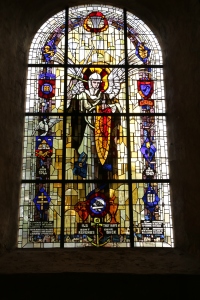
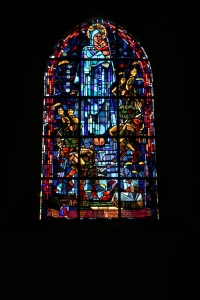
The Paratrooper Museum has several exhibits with vehicles and other artifacts from the liberation of Normandy. They have a glider reproduction you can walk through, and it really gives you a sense of the scale and the challenge these men faced.
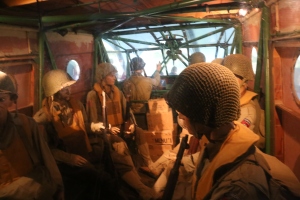
You always hear about the paratroopers but very little about the men who rode in on the gliders. The maps were particularly fascinating to me, including one that showed the planned drop zones and where the troops were actually dropped (spoiler: nowhere close).
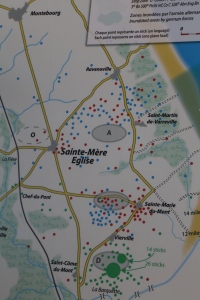
There is also a mannequin rendering of Gen.Eisenhower addressing some of the troops before the invasion started.
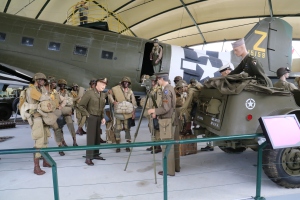
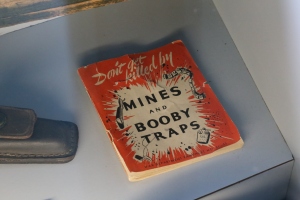
The museum includes a lot of pictures from the liberation and its aftermath as well as the various commemorations that have happened since.
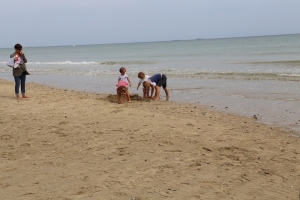
We arrived at Utah Beach, and I was struck by how peaceful it is now. Children play there, unaware of what happened here.
This is true of so many battlefields. Although, for the Americans, Utah Beach was a great success, with only 197 casualties among the 21,000 men who came ashore there.

I know to the families of those 197 men, their loss or injury was catastrophic, but many of the other beaches suffered much greater casualty numbers. Many of the German bunkers are still there or have been used for other building projects (as basements or supports).
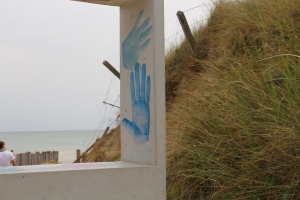
After a delicious cod lunch, we moved on to Pointe du Hoc, the promontory cliff between Utah and Omaha beaches.
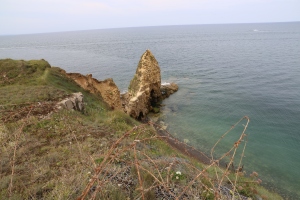
On D-Day, Army Rangers scaled this cliff with limited gear and captured the German battlements at the top of the cliff. Seeing the cliff now, it is hard to imagine the bravery and grit it must have taken to complete these tasks — it’s a rocky cliff that seems like it’ll fall apart if you look at it funny. I really can’t imagine climbing it now, much less with 1940s climbing gear. You can also go into the German bunkers here and see the claustrophobic spaces the Germans and the Army Rangers would have been in at the time.
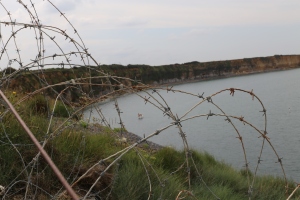
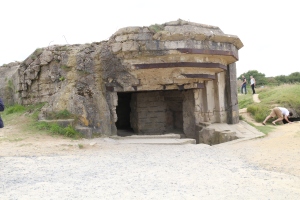
Our next stop was Omaha Beach, which is quite the popular beach destination for families, if our day there was any indication.
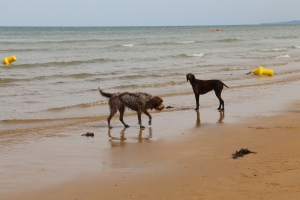
Adrian sketched in the sand the key bombardment posts and the Allied strategy for taking them out.
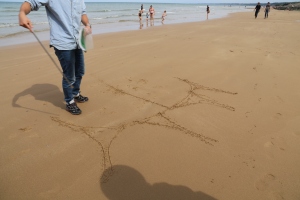
Unfortunately, currents shifted the entire plan to the east, so it was up to the men on the beach to improvise as they could. By the end of the day, the Americans had taken the beach, but not without cost. Of the 43,250 men who came ashore, there were 3,000 casualties at Omaha.
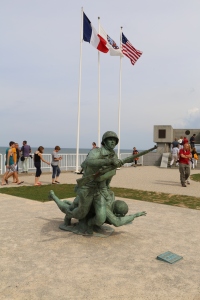
After exploring the beach a bit, we went up to the German post taken by the unit now known as The Big Red One, and saw all of Omaha Beach from there.
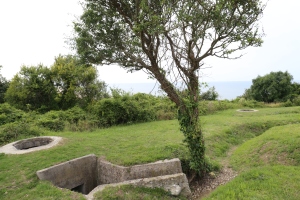
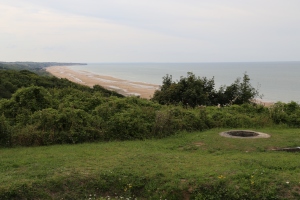
Our final stop of the day was to the American cemetery in Normandy.
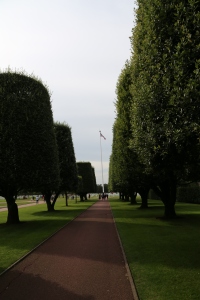
Like the German cemetery, this land was given to the American people in perpetuity. It is managed by the same group that manages Arlington National Cemetery in DC and had certain similarities in tone. All of the plants and even the grass (Kentucky Bluegrass) are native to the US and were brought over to hallow this ground. A wall near the entrance represents the missing in action by name, rank and home state. Each grave faces to the West, towards home.
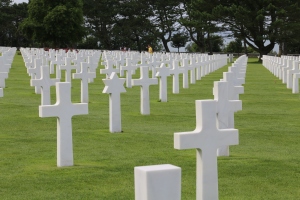
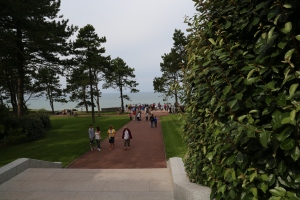
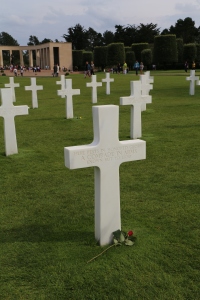
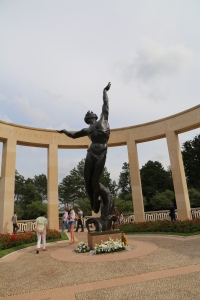
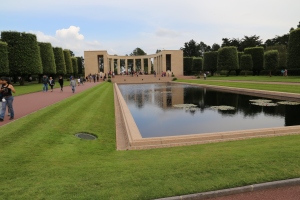
I don’t know what I was expecting from my day exploring the liberation of Normandy. It certainly holds an honored place in popular culture and has been explored in Band of Brothers, Saving Private Ryan, The Longest Day, and many other portrayals, and it is right to celebrate the bravery of these men and women who gave so much while asking so little. Seeing each place I was struck again by how much time has passed and how little. Sites like this are meant to remind us that war is a last resort, that we should all be working toward “never again” as a principle and a reality in our world.

I want to see this so badly. I think it will be heartbreaking though. Even just your pictures are incredibly moving.
LikeLike
It is pretty heartbreaking. Worth seeing though. I’d like to go back and see the other beaches as well.
LikeLike